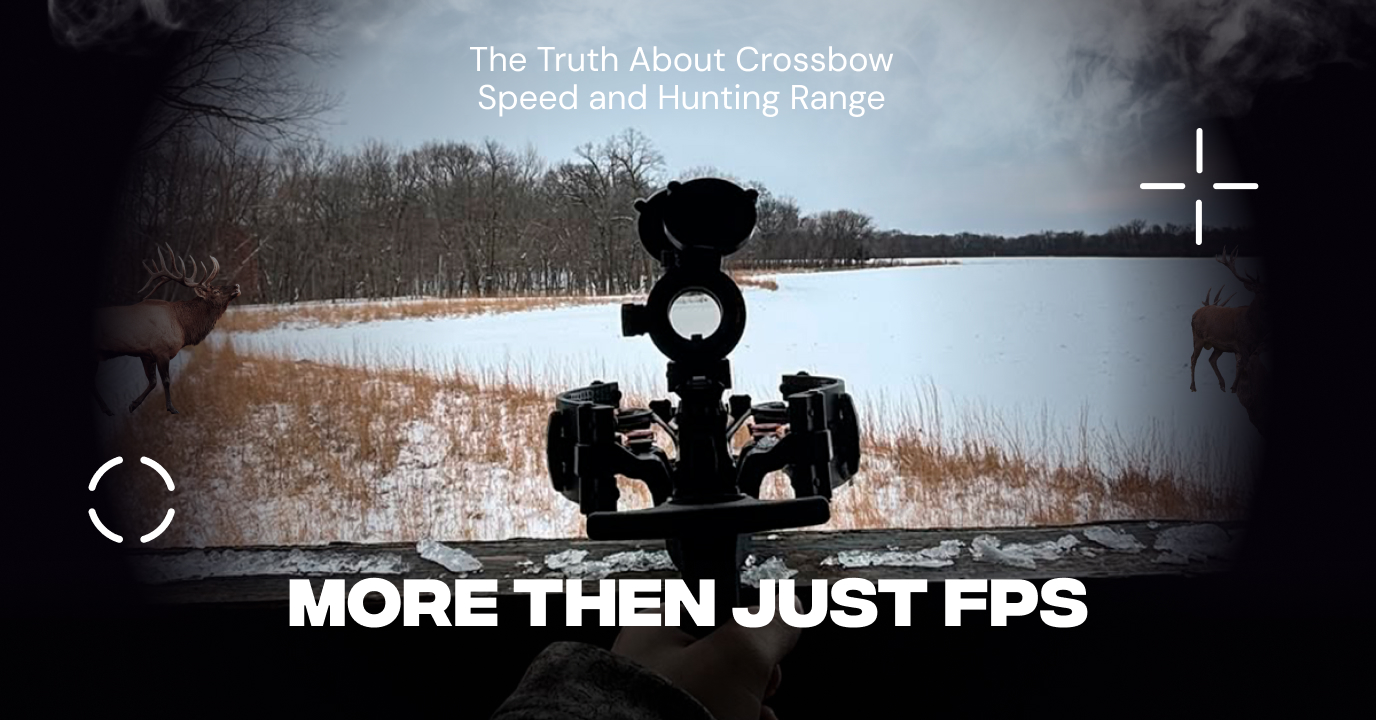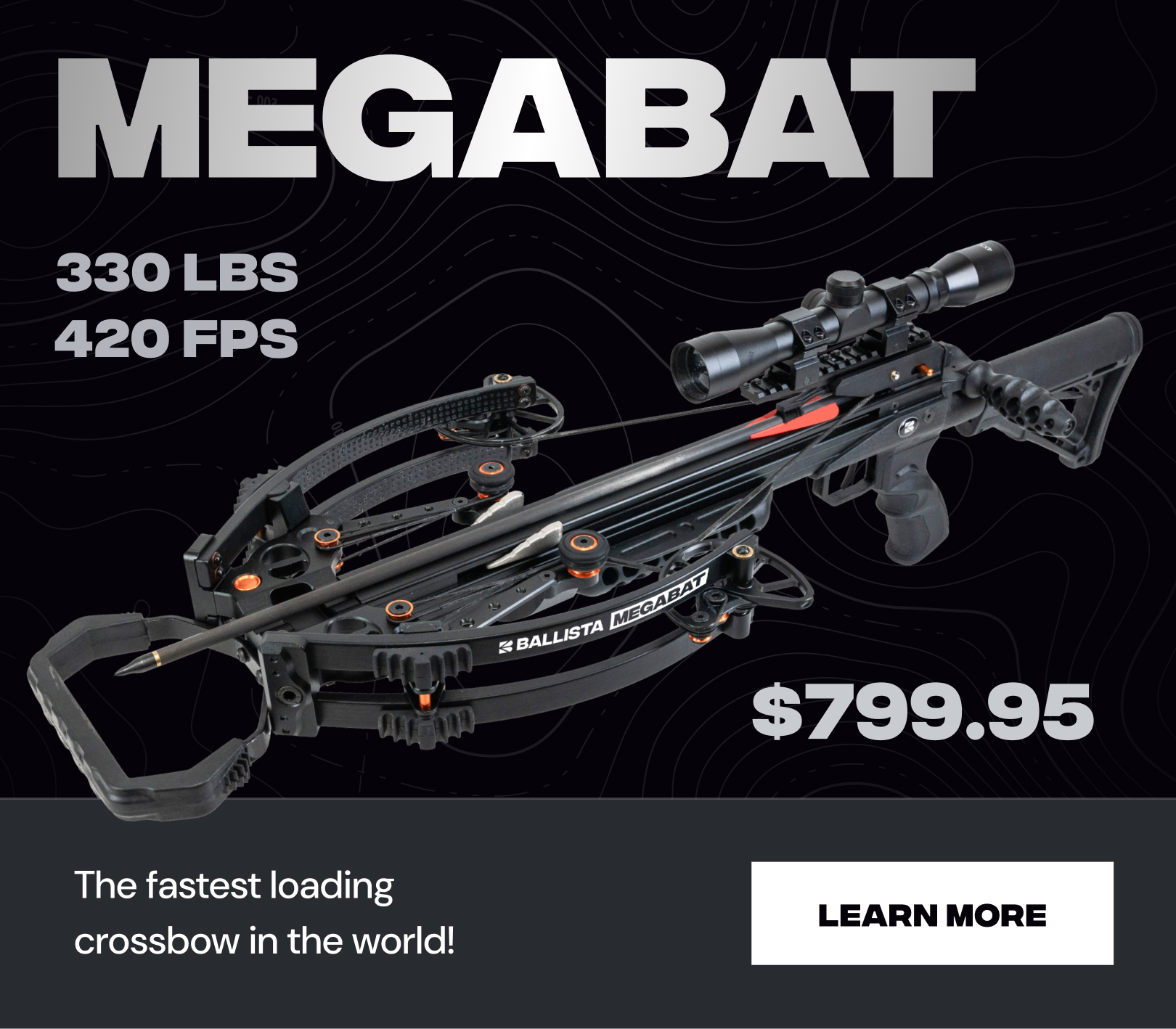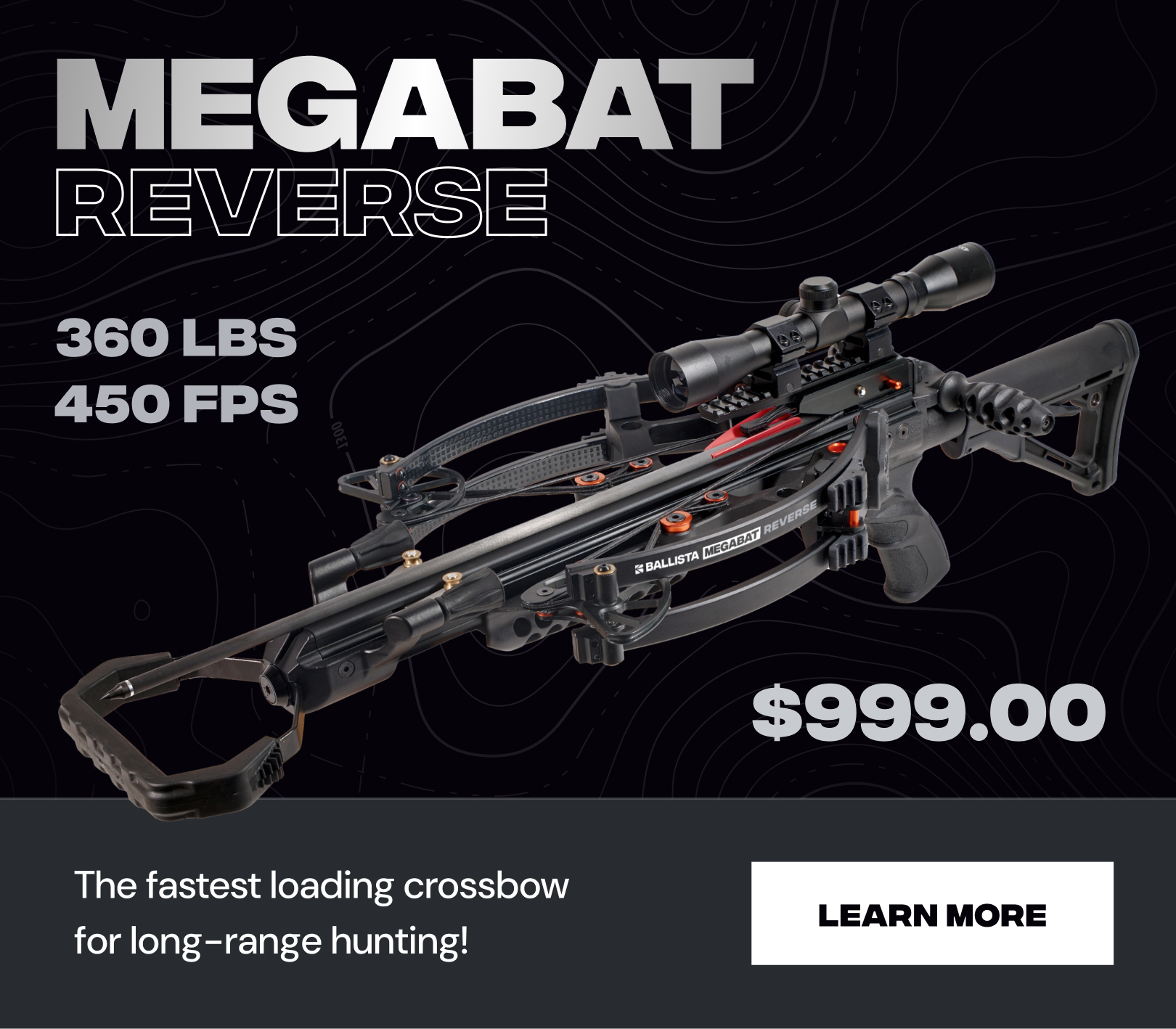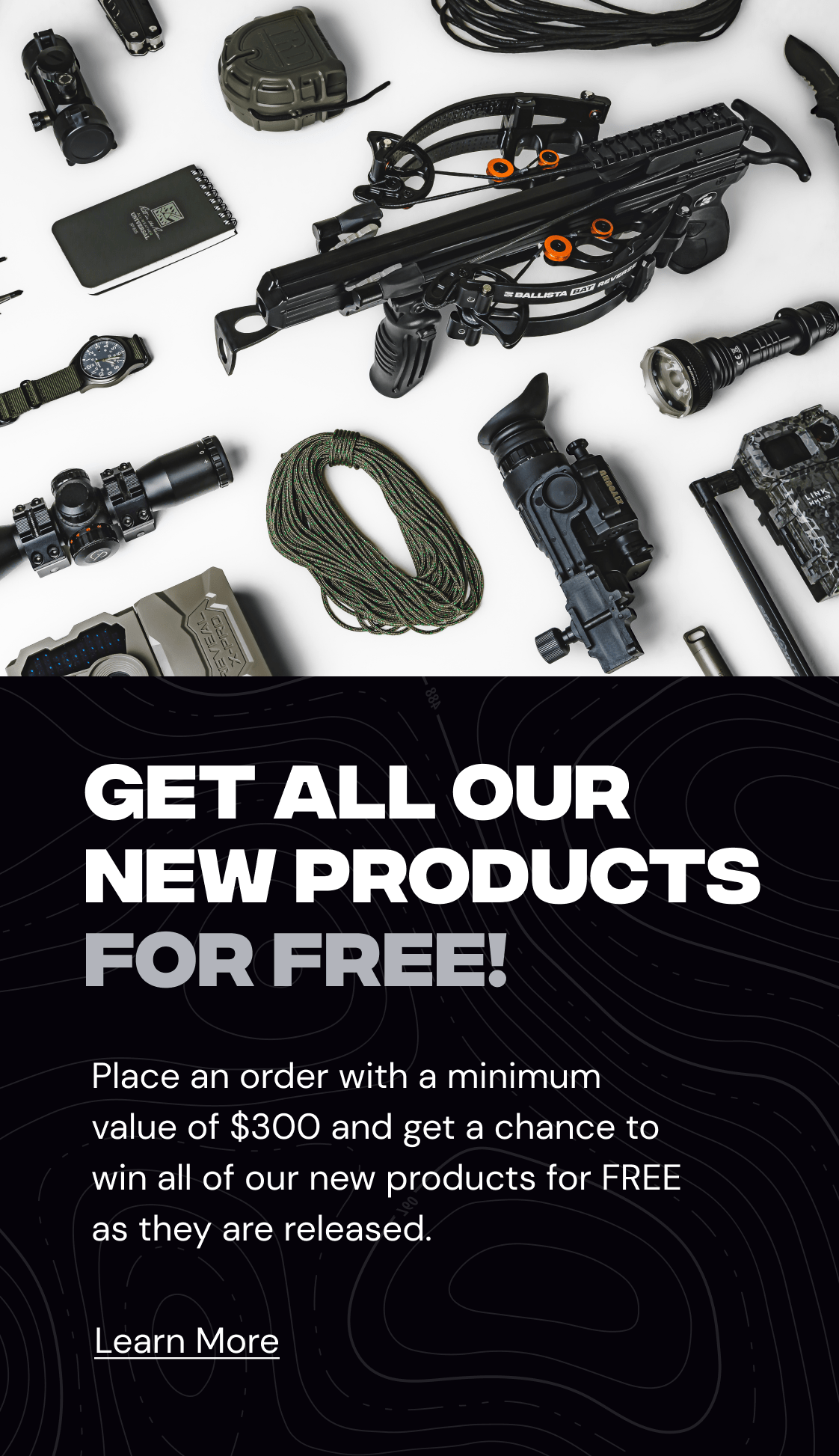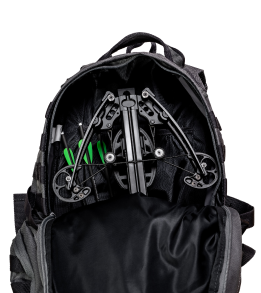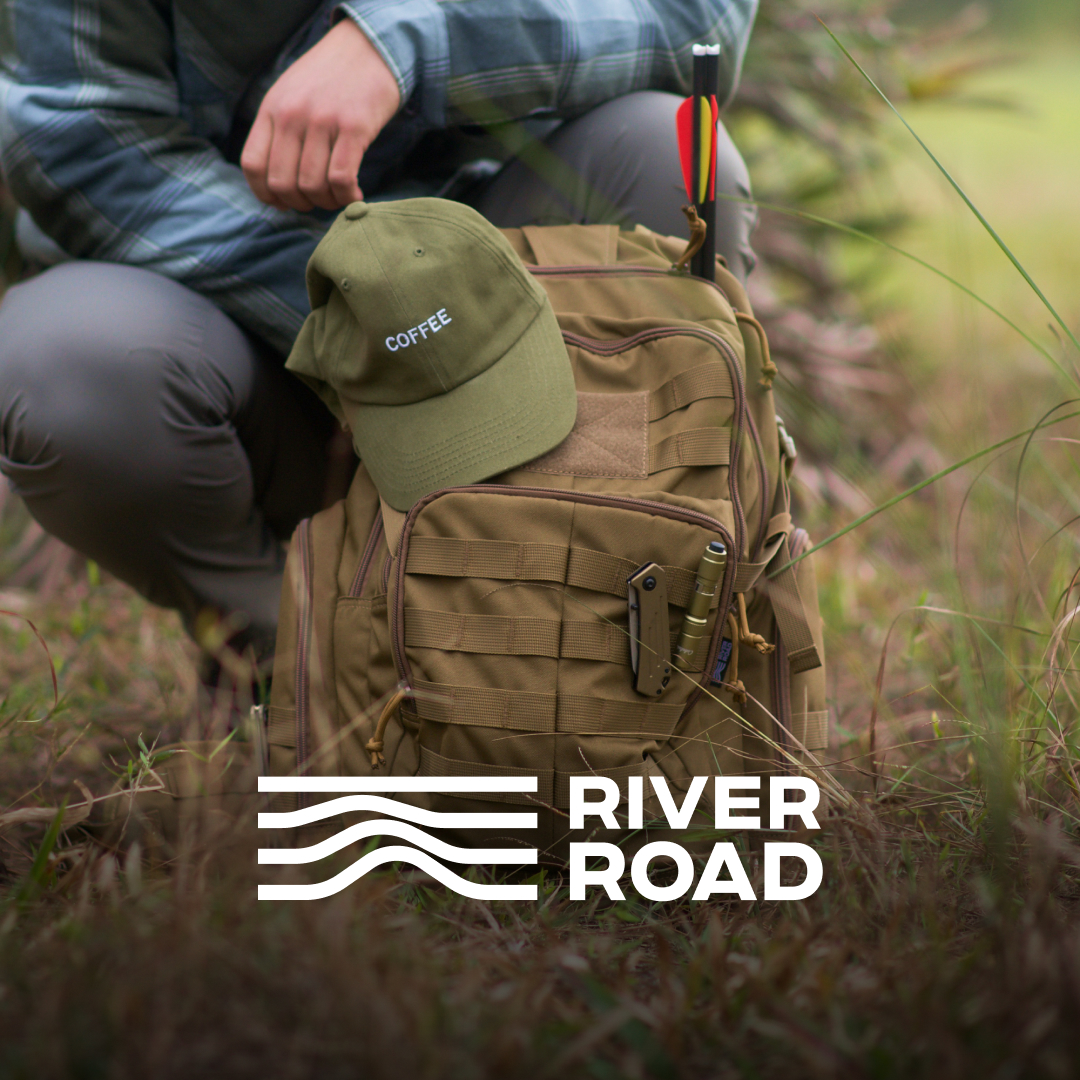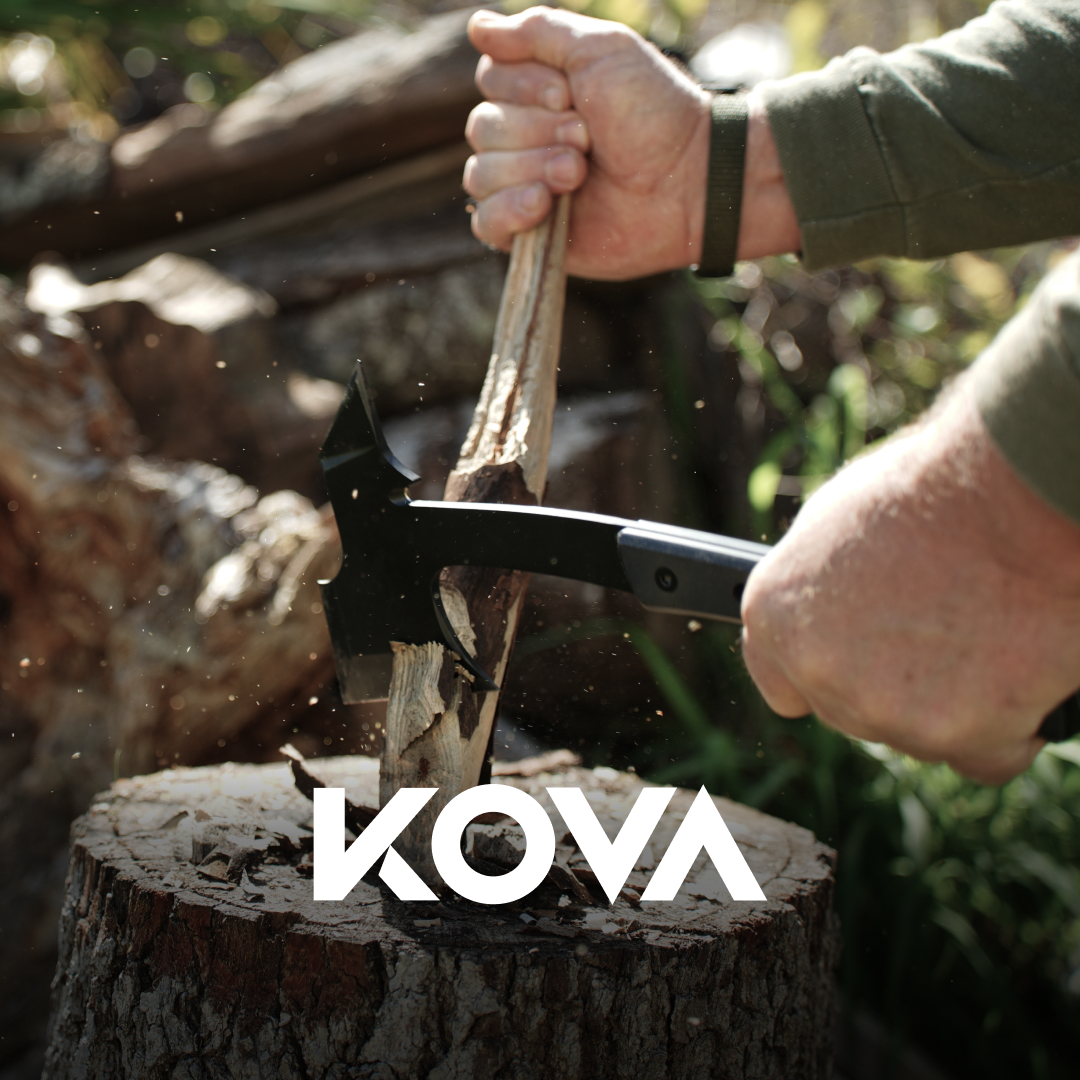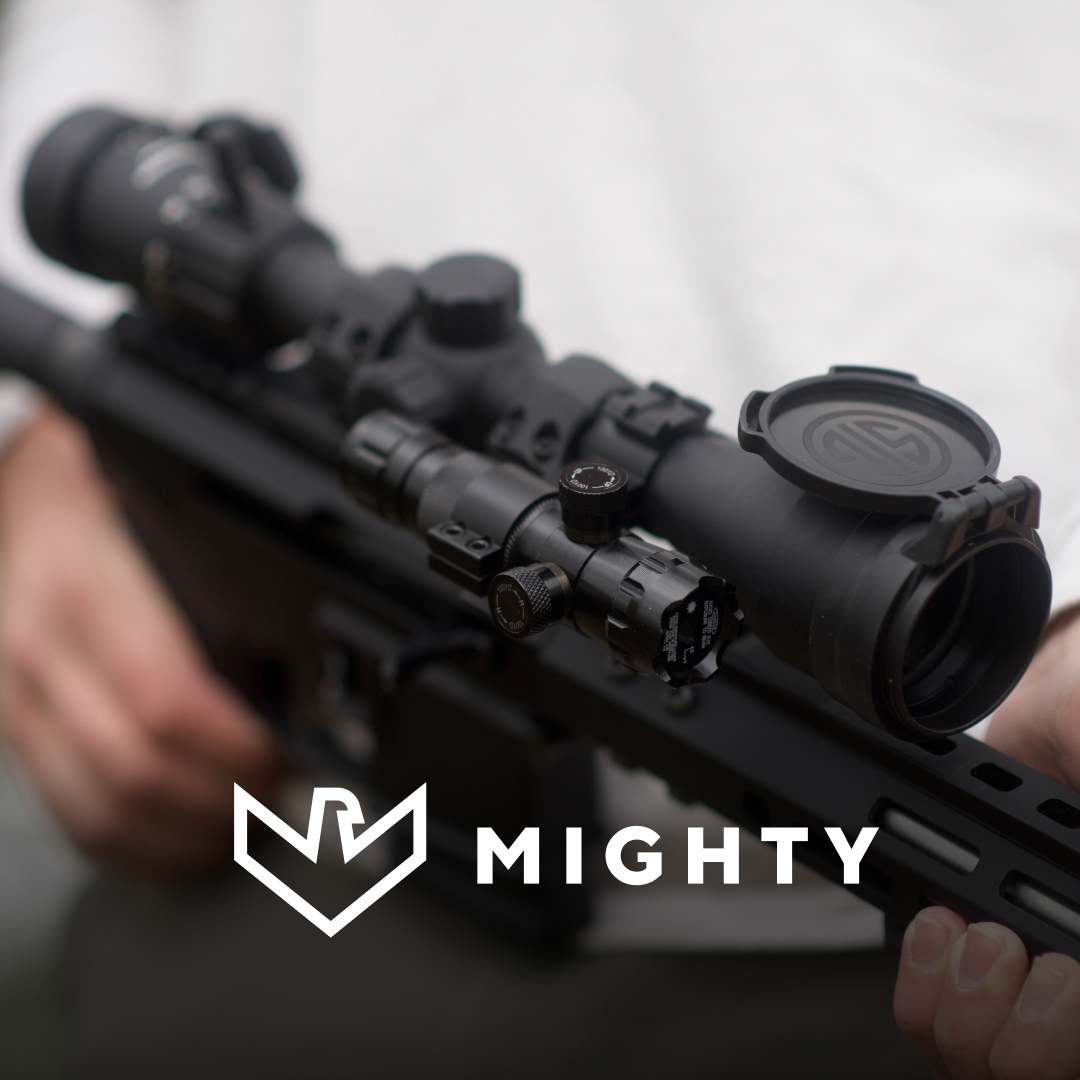Explore how crossbow speed, arrow momentum, and effective hunting range converge to create ethical big-game hunting success at any skill level. This article goes beyond basic beginner tips—like sticking to a 30–40 yard shot or aiming for around 300–350 FPS—and delves deeper into the nuances of crossbow speed and hunting range. If you’ve been big game hunting for years, or you’re simply ready to elevate your skill set, read on for a comprehensive look at momentum, crossbow arrow weight, arrow flight, and more.
1. The Fallacy of “FPS Fixation”
We’ve all been there—gawking at the latest crossbow promising jaw-dropping velocity: 450 FPS, 500 FPS, or even beyond. There’s a natural temptation to assume that higher speed equals better performance. But here’s the rub: speed alone doesn’t guarantee a clean, ethical harvest. Yes, velocity does flatten trajectory and can help counter minor range-estimation errors, but advanced hunters often realize it’s not the raw FPS figure that matters most—it’s arrow weight, momentum, and precise shot placement.
Why it Matters
- A blazing-fast setup might be more sensitive to variations in crossbow arrow weight or broadhead design, requiring meticulous tuning and practice to maintain pinpoint accuracy.
- Meanwhile, a 350-FPS crossbow shooting a heavier arrow can deliver more reliable arrow penetration and exhibit predictable ballistics.
Once you understand how crossbow speed interplays with arrow mass, you’ll appreciate that the perfect speed is less about chasing a number and more about finding a balanced, consistent performance profile for big game hunting.
2. Momentum vs. Kinetic Energy
Kinetic energy (KE) has long been used as a standard metric for evaluating a crossbow’s lethality, but many experienced archers and crossbow hunters are increasingly paying attention to crossbow momentum. Momentum, which factors in arrow mass and velocity differently than KE does, often tells a more complete story about penetration on large, tough-skinned animals.
- Kinetic Energy (KE): Great for quantifying overall power, but sometimes misleading if you only consider speed.
- Momentum: A heavier arrow traveling at a moderate speed might have lower KE on paper but can maintain deeper penetration, where a lighter, faster arrow might slow down more rapidly.
For species like elk, moose, or black bear—with thicker bones and dense muscle tissue—momentum can be the deciding factor in whether that broadhead pushes through vital organs or gets deflected by bone.
3. Rethinking Optimal Range
If you’re beyond the “beginner’s bubble,” you might already have taken successful shots out to 50 or even 60 yards. But how far is too far when chasing big game hunting opportunities?
1. Real-World Conditions
In a perfect world—flat terrain, calm weather, a stationary target—you could theoretically push a modern crossbow far beyond 60 yards. But hunting rarely offers such perfection. Wind gusts, moving animals, and thick vegetation add layers of uncertainty.
2. The Jump Factor
Animals often “jump the string,” reacting to the noise of the shot. The farther away you are, the higher the probability that your target will shift mid-flight. Advanced hunters learn to read an animal’s body language—if it’s edgy or alert, even a 40-yard shot can be riskier than a 50-yard shot on a calm, feeding deer.
3. Ethics vs. Ego
It’s natural to want to push your limits. But the satisfaction of a successful, ethical harvest at 35 yards can far outweigh a risky 60-yard attempt that only wounds the animal. Balancing your growing skill set with respect for the game is part of the ongoing evolution of a hunter.
4. Arrow Flight Nuances and Broadhead Efficiency
As you move into more advanced territory, you’ll start experimenting with different crossbow arrow weight, fletching configurations, and broadhead types. Each tweak can alter your crossbow’s performance in subtle ways:
- F.O.C. (Front of Center): Increasing the arrow’s front-of-center balance can stabilize flight and enhance penetration, especially on big-bodied game.
- Fixed vs. Mechanical Broadheads: A super-fast arrow might benefit from mechanical broadheads with lower drag during flight, but mechanicals require sufficient energy on impact to deploy correctly. Heavier, slower setups can excel with robust fixed-blade broadheads that won’t fail upon bone contact.
These variables aren’t just theoretical—they have real implications for how you tune your bow and refine your shot technique.
<5. Exploring 2-Vane and 3-Vane Arrow Configurations
In the pursuit of optimizing crossbow speed and hunting range, the choice between 2-vane and 3-vane arrow configurations plays a crucial role. Each setup offers distinct advantages that cater to different shooting preferences and conditions.
2-Vane Configuration
Advantages:
- Reduced Drag: With fewer contact points against the air, 2-vane arrows experience less aerodynamic drag, potentially resulting in higher speeds.
- Quieter Flight: The streamlined design can lead to a quieter shot, minimizing the chance of alerting game.
Considerations:
- Stability: While suitable for shorter ranges, 2-vane arrows might exhibit less stability during longer flights or in adverse weather conditions.
3-Vane Configuration
Advantages:
- Enhanced Stability: The additional vane provides better guidance and correction during flight, leading to improved accuracy, especially at longer distances.
- Broadhead Compatibility: Offers superior stabilization for larger fixed-blade broadheads, ensuring consistent performance.
Considerations:
- Increased Drag: The extra vane may introduce more drag, slightly affecting arrow speed.
At BALLISTA, we offer a range of arrows tailored to these configurations:
- BALLISTA STING Hunting Bolts: Designed for pistol crossbows like the BALLISTA BAT, these carbon shafts feature a 2-vane setup, balancing speed and accuracy.
- PIERCER 2-Vanes Carbon Crossbow Bolts: Ideal for the MEGABAT crossbow, these pure carbon bolts with a 2-vane design offer reduced drag and optimal performance.
- PIERCER 3-Vanes Carbon Crossbow Bolts: Crafted for those seeking enhanced stability, these 3-vane bolts are perfect for the MEGABAT Reverse crossbow, providing superior flight control.
Note on 4-Vane Configurations
While 4-vane arrow configurations are available and can offer increased stabilization, they are less common in crossbow applications due to potential increases in drag and the specific tuning required. At BALLISTA, we focus on 2-vane and 3-vane arrows optimized for crossbow performance, ensuring a balance between speed, accuracy, and stability.
6. Fine-Tuning Arrow Speed and Drag
Speed isn’t just about FPS—it’s also about how efficiently an arrow cuts through the air. One often-overlooked factor is fletching-induced drag.
- A steep helical angle enhances rotational stability but increases drag, slightly slowing the arrow.
- A low-angle or straight fletch minimizes drag and retains more speed but may compromise broadhead stability.
If your shots frequently exceed 50+ yards, using a moderate helical angle (rather than extreme offsets) can ensure a more predictable flight path without sacrificing too much speed. Experimenting with different vanes, lengths, and materials will help you dial in the perfect balance between speed and control for big game hunting.
7. The Myth of One-Size-Fits-All “Optimal” Distance
Advanced hunters know that “optimal” distance is a moving target—pun intended. Consider the following scenarios:
1. Deep Woods vs. Open Plains
Stalking through dense timber, your shots might be 25 yards or less. On the open plains, you could spot an elk at 70 yards. If your rig is dialed in and you’ve practiced extensively at that distance, a 50–60-yard shot might be viable.
2. Hunting Style
Tree-stand hunters, who often wait in a single location, can adjust feeders or bait stations to draw game within 30 yards. Spot-and-stalk hunters might have to take the best chance they get—whether that’s 20 or 50 yards—depending on the terrain and the animal’s behavior.
3. Personal Skill Ceiling
Even advanced crossbow enthusiasts have a personal skill ceiling, shaped by how much they practice and how well they manage excitement in high-pressure moments. Some might feel comfortable only out to 40 yards, while others can push 50 or beyond with confidence.
In the end, the best distance is the one you can reliably make a quick, humane kill from. That could be within the standard 30–40 yards or it could stretch further—as long as you truly have the skill to back it up.
8. Environmental Variables: Nothing Beats Real Practice
No amount of ballistic charts or manufacturer specs can replicate actual field conditions. High altitudes, swirling winds, temperature changes, and even humidity can alter arrow flight. Experienced hunters know to:
- Practice in Different Weather: Don’t just practice on calm days. Embrace windy conditions to learn how your arrow drifts.
- Revisit Your Setup Periodically: Changes in string tension, humidity, or even slight knocks can shift your zero. Make it a habit to re-check accuracy before each hunting trip.
Through continuous field practice, you’ll learn how slight mismatches in crossbow arrow weight or broadhead type influence trajectory. You’ll start to “feel” these differences before even looking at a chronograph, because your repeated shooting sessions have ingrained a sense of familiarity with your gear.
9. Advanced Power Considerations: Is 500 FPS Necessary?
With crossbow manufacturers pushing the speed envelope, you might be tempted by the latest 500 FPS models. But is that velocity overkill? Possibly—especially if your primary concern is consistent accuracy and reliable arrow penetration. Going ultra-fast can introduce challenges:
1. Arrow Integrity
At extreme speeds, certain shafts or nocks can experience more stress.
2. Broadhead Compatibility
Some mechanical broadheads may deploy prematurely under high-impact forces.
3. Noise and Vibration
A faster crossbow often comes with more vibration, which can spook game before the arrow connects.
A well-tuned 380–420 FPS crossbow can still handle most big-game scenarios with ease—especially if you’ve carefully chosen your arrow weight for maximum momentum.
10. The Hunter’s Ongoing Journey
Ultimately, your growth as a crossbow hunter doesn’t end with mastering “the basics.” It’s an ever-evolving process that merges equipment experimentation, field experience, and an appreciation for the animals we pursue. Instead of chasing absolutes—like a perfect FPS or a rigid 40-yard cap—advanced hunters learn to continuously adapt. They draw from past successes and failures, refine gear choices, and challenge themselves to new distances only when they’re certain they can maintain an ethical harvest.
In other words, the deeper you dive into crossbow speed and hunting range, the more you realize that there’s no single, universal formula for success. It’s a tapestry of velocity, momentum, arrow weight, broadhead design, terrain, and your personal sense of responsibility toward the game.
Ready to refine your crossbow setup?
- Check out our latest hunting crossbow models for high-performance options that balance speed, arrow penetration, and reliable accuracy.
- Learn more about state-by-state hunting regulations at the National Deer Association to stay compliant and informed.
P.S. Final Thoughts
Every hunter’s journey is unique, and real-world practice remains the ultimate teacher. By balancing crossbow speedwith practical factors like distance, big game hunting ethics, and consistent performance, you’ll discover a sweet spot that aligns perfectly with your skill level and hunting style. Embrace the nuances of crossbow arrow weight, kinetic energy, and momentum, and you’ll find your confidence—and success—soar in the field.
Stay curious, stay ethical, and remember: the best shot is the one you know you can make.
